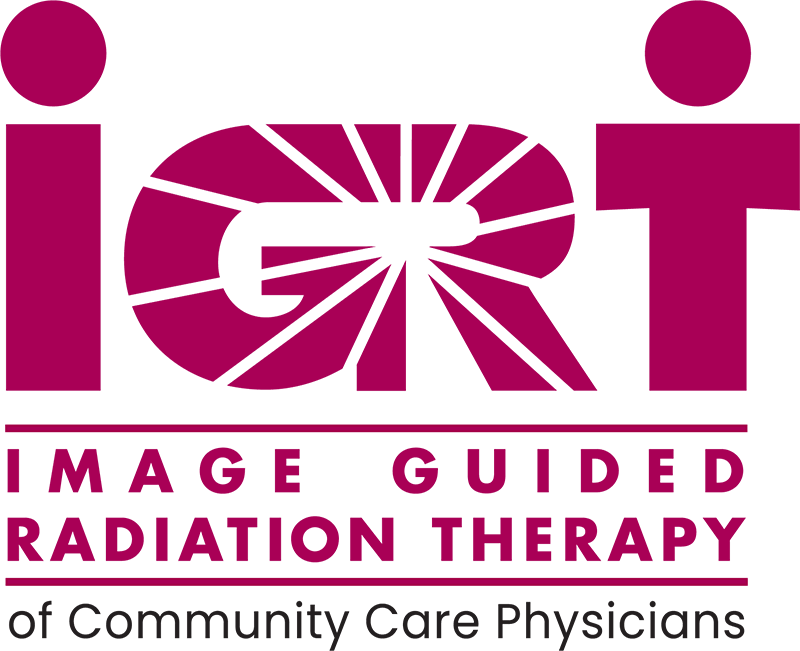Because each patient’s case presents unique challenges and requires individualized attention, you will first schedule a visit with IGRT to see if radiation therapy is right for you.
Consultation
During your initial visit, Dr. Puranik will evaluate your need for radiation therapy and its likely results. This includes reviewing your current medical problems, past medical history, past surgical history, family history, medications, allergies and lifestyle. Dr. Puranik will also perform a physical examination to assess the extent of your disease and judge your general physical condition.
After reviewing your medical tests, including CT scans, MR scans and positron emission tomography scans (PET scans) and completing a thorough examination, Dr. Puranik will fully discuss with you the potential benefits and risks of radiation therapy and answer any questions you may have.
Simulation and Treatment Planning
 To be most effective, radiation therapy must be aimed precisely at the same target or targets each and every time treatment is given. The process of measuring your anatomy and marking your skin to help your team direct the beams of radiation safely and exactly to their intended locations is called simulation.
To be most effective, radiation therapy must be aimed precisely at the same target or targets each and every time treatment is given. The process of measuring your anatomy and marking your skin to help your team direct the beams of radiation safely and exactly to their intended locations is called simulation.
During simulation, your radiation oncologist and radiation therapist place you on the simulation machine in the exact position you will be in during the actual treatment. Your radiation therapist, under your doctor’s supervision, then marks the area to be treated directly on your skin or on immobilization devices.
Immobilization devices are molds, casts, headrests or other devices that are constructed and placed on a certain part of your body to help you remain in the same position during the entire treatment. The radiation therapist marks your skin and/or the immobilization devices either with a bright, temporary paint or a set of small permanent tattoos.
After simulation, your radiation oncologist and other members of the treatment team review the information they obtained during simulation along with your previous medical tests to develop a treatment plan. Often, a special treatment planning CT scan is done to help with the simulation and treatment planning. This CT scan is in addition to your diagnostic CT scan. A sophisticated treatment-planning computer program is used to help design the best possible treatment plan. After reviewing all of this information, your doctor writes a prescription that outlines the exact course of your radiation therapy treatment.

